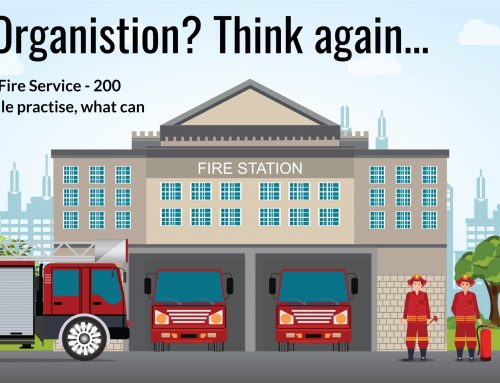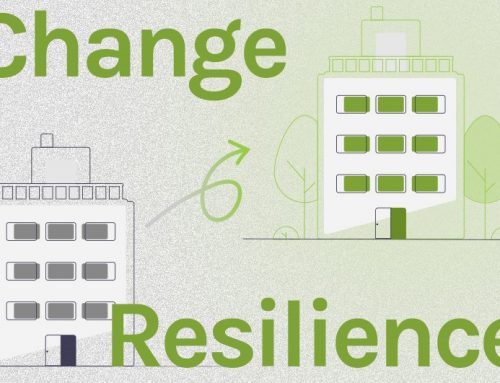2021/11/22
Agile Organization? Think again…
VUCA and Agility, you might think after all the hype of recent years that everything has already been said on these topics. However, from a General Management perspective, I think there is still a need for well-founded clarification. I´d like to argue two points; the first is to make a clear distinction which seems to be lacking in many discussions about Agility and the second is to take some lessons learned from an organization that has been practising Agility for more than 200 years, the Fire Service. This second part will be published next week in our MESG Perspectives.
The distinction which I think would be helpful to make in this first part is between “Agile Methods and Tools” and “Agile Organization”. The lack of standard definitions and clear thinking about the relationship of these two topics has led to many misunderstandings in conversations and projects in which I have been involved. I often hear managers saying “we need to become more Agile” but what they mean by this can vary enormously. That is why I would like to attempt to define these two concepts more clearly. Neither is easy because they also have broad meanings but here is my shot at it:
Agile Methods and Tools – a project working style characterized by:
- dedicated multi-functional team set-up
- high degree of team autonomy and self-organization
- short, iterative customer-centric development cycles or “sprints”
- mindset and focus on fast learning and prototyping
Agile Organization:
- An organization´s ability to make a timely response to changes in its (VUCA) environment
Here is why I think it is important and helpful to differentiate these two.
Having a large number of projects and teams working in Agile fashion may help us to respond to customer needs more quickly and it may help us to develop better, more customer-oriented products, but with its narrow, project related focus, it is less likely to help us to be aware of and respond to greater changes in the environment such as geo-political changes, new market regulations, or the disruptive innovation of our competitors. Companies need to organize this in a different more coordinated way. So here is the first important point: Agile Methods and Tools are neither sufficient nor (as we shall see next week) necessary for what I have defined above as an Agile Organization.
Of the two concepts, Agile Organization should be given higher priority by top management teams because the ability to make a timely response to changes in the (VUCA) environment clearly has a major impact on an organization´s ability to survive and thrive. Having Viability or Successful Longevity would in my view be an even better goal for top-management focus however than Agility. Organizational Agility is one factor that contributes to Viability, it is necessary but not sufficient for Viability; innovation strength, market position, awareness of the environment, anticipation, preparedness and other factors such as financial stability and resources are also important elements of Viability. So, if you really want to manage a company to not only “do business” but also “stay in business” in the long-run, Viability is much more comprehensive concept to use than Agility and more likely to lead to success.
Although managers haven´t been using the words Organizational Agility for long, the understanding that organizations need to respond quickly to changes in their environments has been around for hundreds of years as a look at military strategy will quickly show. The battle strategy of the British Navy under Lord Nelson is a particularly good example. Recently I also became aware of another example of an organization that is designed for high agility and got interested in what could be learned from how they are set up – the Fire Service. In next week´s article we´ll explore in more depth what makes the Fire Service so agile and how we might use some of the same principles to increase the agility of our businesses.





